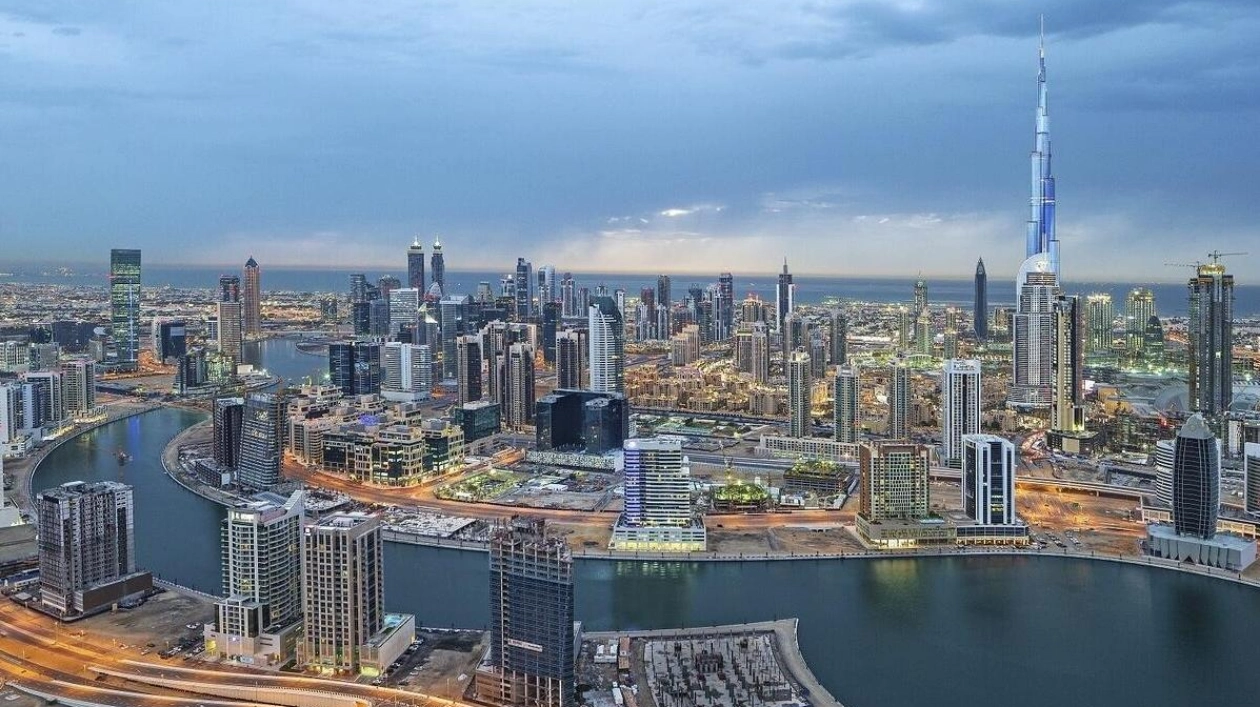Dubai witnessed a record-breaking July 2024 with over 17,000 real estate transactions totaling Dh55.5 billion, according to data released on Monday.
Property Finder's data indicates that the market continued its upward trajectory, with a 59% increase in transactions and a 57% rise in value compared to July 2023. This July marked a significant milestone as transaction values matched the highest peak recorded in May of the same year. Ten specific areas accounted for 51% of the total transactions, including Al Barsha South Fourth, Business Bay, and others.
In July 2024, the ready market achieved its highest transaction volume and value ever, with 8,400 transactions, a 27% increase from May 2024. The value of these transactions reached Dh36 billion, surpassing the previous peak in June 2024 by 23%. The off-plan market saw a year-over-year increase of about 77% in volume, with around 9,300 transactions, and a 54% increase in value, totaling approximately Dh19.4 billion.
In terms of property ownership, 59% of potential buyers were interested in apartments, while 41% sought villas/townhouses. Among investors, 33.6% looked for one-bedroom units, 35.2% for two-bedroom apartments, and 13.7% for studios. For villas/townhouses, 39.8% preferred three-bedroom units, and 44.9% were interested in four-bedroom or larger options. Popular areas for ownership included Dubai Marina, Jumeirah Village Circle, and Downtown Dubai.
Rental trends showed that 80% of tenants were looking for apartments, with 60% preferring furnished properties. For villas/townhouses, 57% sought unfurnished units. In apartment rentals, 37% wanted one-bedroom units, 31.7% two-bedroom, and 20.9% studios. For villas/townhouses, 43.1% were interested in three-bedroom units, and 35.4% in four-bedroom or larger options.
Cherif Sleiman, Chief Revenue Officer at Property Finder, highlighted the UAE's progress towards its 'We the Emirates 2031' vision, noting an upward trend in real estate transactions and promising investment interest in Sharjah. He emphasized the thriving existing and off-plan markets, the diversification of property demand, and the growing consideration for newer developments outside central city locations.






